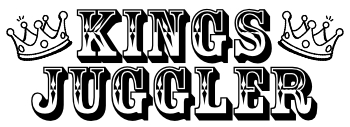Are Glow Sticks safe for Children?
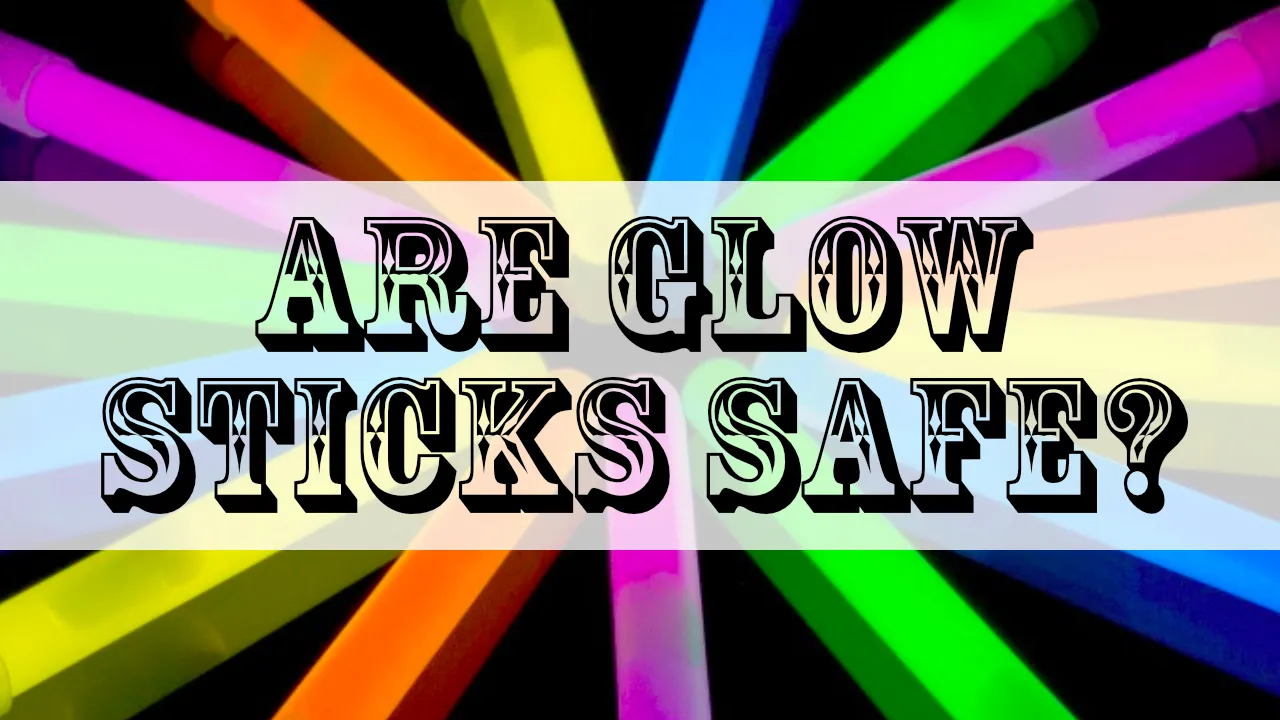
- Quick Summary
- Glow Stick Components
- The Science Behind that Mesmerising Glow
- Are Glowsticks Toxic?
- What are the main Ingredients in Glowsticks?
- Understanding Toxicity in a Glow Stick Context
- How Our Body May React
- Safety Measures
- Potential Risks of Chemical Exposure
- Beware of the Physical Hazards
- Guidelines for Safe Usage
- Your Glowstick Questions about Toxicity
- Let's Sum Things Up!
One brisk evening in London's charming East End, as I strolled past the lit-up houses ready for Halloween, a delightful group of children pranced past me.
Their laughter was infectious, and their costumes were a sight to behold, but what caught my eye the most? The luminous glow sticks twirled and swung around in sheer ecstasy.
A worried mother trailed behind them, her eyes darting from child to glow stick, her face etched with concern. It struck me – are glow sticks genuinely safe for our little ones?
Let's illuminate this matter, once and for all!
Quick Summary
| Section | Overview |
|---|---|
| Glow Stick Components | - Chemical ingredients - The science of the glow |
| Are Glowsticks Toxic? | - Understanding Toxicity - Body reactions - Ensuring child safety |
| Safety Measures | - Potential risks of chemical exposure - Physical hazards - Safe usage guidelines |
| FAQs | Addressing the most common queries related to glow stick safety |
Glow Stick Components
- Delving into the chemical ingredients
- The science behind that mesmerising glow
The Science Behind that Mesmerising Glow
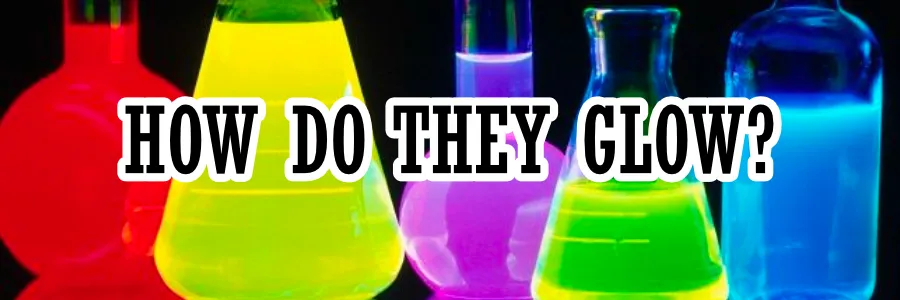
Chemiluminescence – sounds fancy, doesn't it? It's the process responsible for the glow. It occurs when chemicals inside the stick combine, producing light without the need for an external energy source. Magical, but chemistry!
Are Glowsticks Toxic?
- Glowstick Ingredients
- Understanding toxicity in a glow stick context
- How our body may react
- Ensuring child safety
What are the main Ingredients in Glowsticks?
In each glow stick, there's a mixture of hydrogen peroxide solution and a phthalate ester. When the two come in contact (thanks to that satisfying snap), they undergo a chemical reaction.
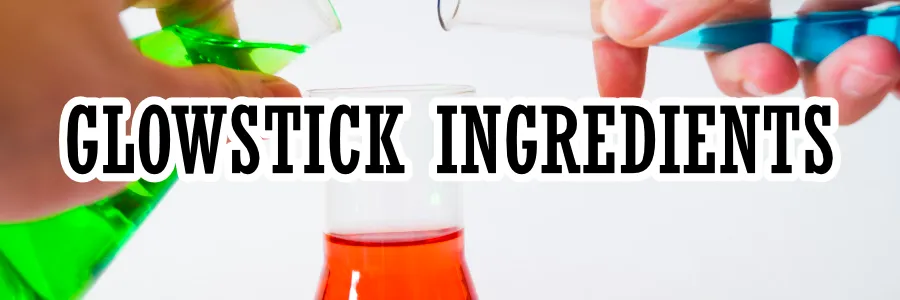
| Component | Function | Details | Is it toxic? |
|---|---|---|---|
| Dye | Determines the colour of the light emitted | Different dyes produce different colours. The exact dye used varies by manufacturer and desired glow colour. | Usually non-toxic, but varies by dye |
| Hydrogen peroxide | Reactant | Often stored in a small, breakable vial inside the glow stick. It's mixed with other chemicals when activated. | Yes, if ingested or in contact with the skin |
| Diphenyl oxalate | Reactant | When this chemical reacts with hydrogen peroxide, it produces 1,2-dioxetanedione. | Yes, if ingested |
| 1,2-dioxetanedione | Produces the light | Produced from the reaction of diphenyl oxalate with hydrogen peroxide. | Not enough data; assumed to be toxic |
| Phenyl oxalate ester | Sometimes used instead of diphenyl oxalate | A variant of diphenyl oxalate. | Yes, if ingested |
| Plastic container | Holds the chemicals and keeps them from being exposed to the outside environment | Flexible, allowing users to "break" the glow stick, mixing the chemicals and starting the reaction. | Generally non-toxic unless ingested |
Understanding Toxicity in a Glow Stick Context
Glow sticks, by design, are not meant to be consumed or ingested. Their luminescence arises from the mixture of two primary chemicals: hydrogen peroxide and a phthalate ester. On their own, these chemicals are not dangerously toxic. However, it's crucial to understand the term 'toxicity' within context. While they aren't 'toxic' in the sense of causing severe harm upon minor contact, they shouldn't be ingested or applied to the eyes.
How Our Body May React
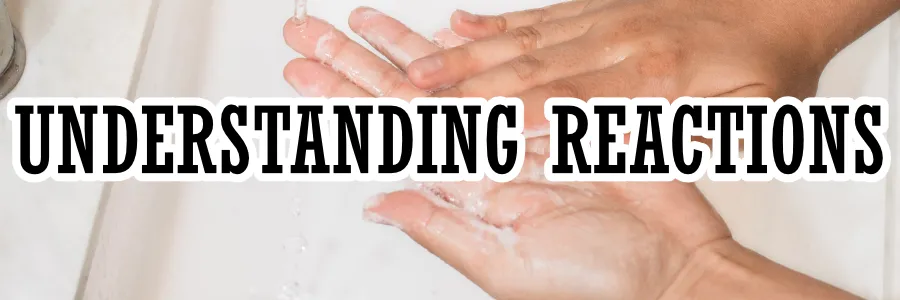
If the chemicals are applied to the skin or accidentally consumed, they might not poison you, but can cause some discomfort. Common reactions include:
- Skin Irritation: This can cause a mild burning or stinging sensation.
- Eye Irritation: If accidentally placed in the eyes, it might cause discomfort and should be washed out immediately with cold water.
- Stomach Upset: If ingested, it might result in a nauseating feeling or even vomiting.
Safety Measures
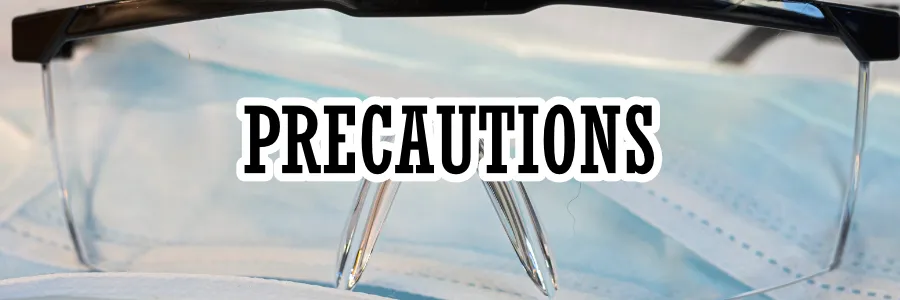
- Potential risks of chemical exposure
- Beware of the physical hazards
- Guidelines for safe usage
Potential Risks of Chemical Exposure
If a glow stick breaks, it might release its chemicals. While they're non-toxic, they can be irritating to the skin, eyes, and mouth. Always ensure your child doesn't chew on them!
Beware of the Physical Hazards
The slender, plastic exterior of glow sticks can become a choking hazard, especially for younger children. Plus, breaking them can lead to sharp edges, causing potential cuts.
Guidelines for Safe Usage
- Supervise: Always keep an eye on kids when they're playing with glow sticks.
- Educate: Teach them not to bend them too hard or chew on them.
- First-aid: In case of breakage and chemical exposure, wash the affected area with cold water.
Your Glowstick Questions about Toxicity
Can my child get poisoned by a glow stick?
No, the chemicals in glow sticks are non-toxic. However, they can cause irritation.
What should I do if the glow stick breaks?
Wash the affected area with plenty of cold water. If ingested, give them a sip of water, and consult a doctor.
Are there any eco-friendly alternatives?
https://kingsjuggler.com/product/155/taotuo-led-foam-strobe-sticks-24pcs
Yes, there are reusable LED light sticks available that serve a similar purpose without the waste!
Let's Sum Things Up!
Glow sticks are a bundle of joy, lighting up events, parties, and festive seasons. While they are non-toxic, it's always good to handle them with care, ensuring our children's safety. With proper supervision and knowledge, these glowing wonders can be both fun and safe for our little ones!
we may earn a commission if you click through and make a purchase.

